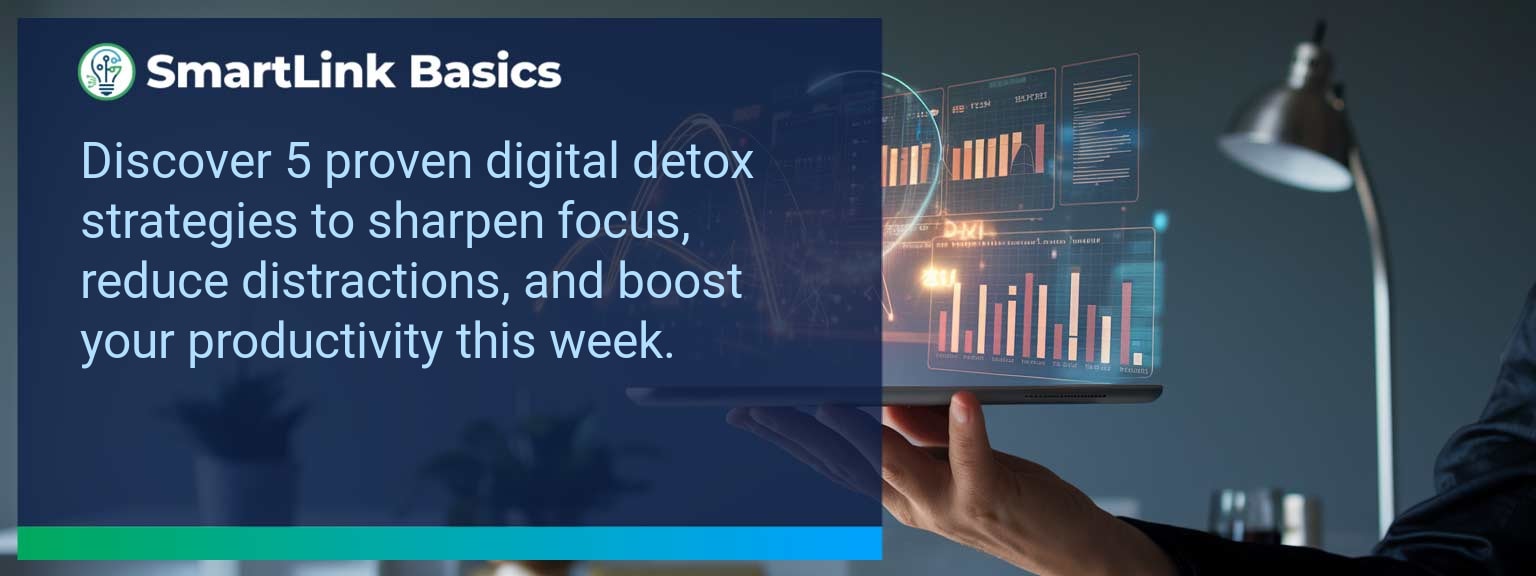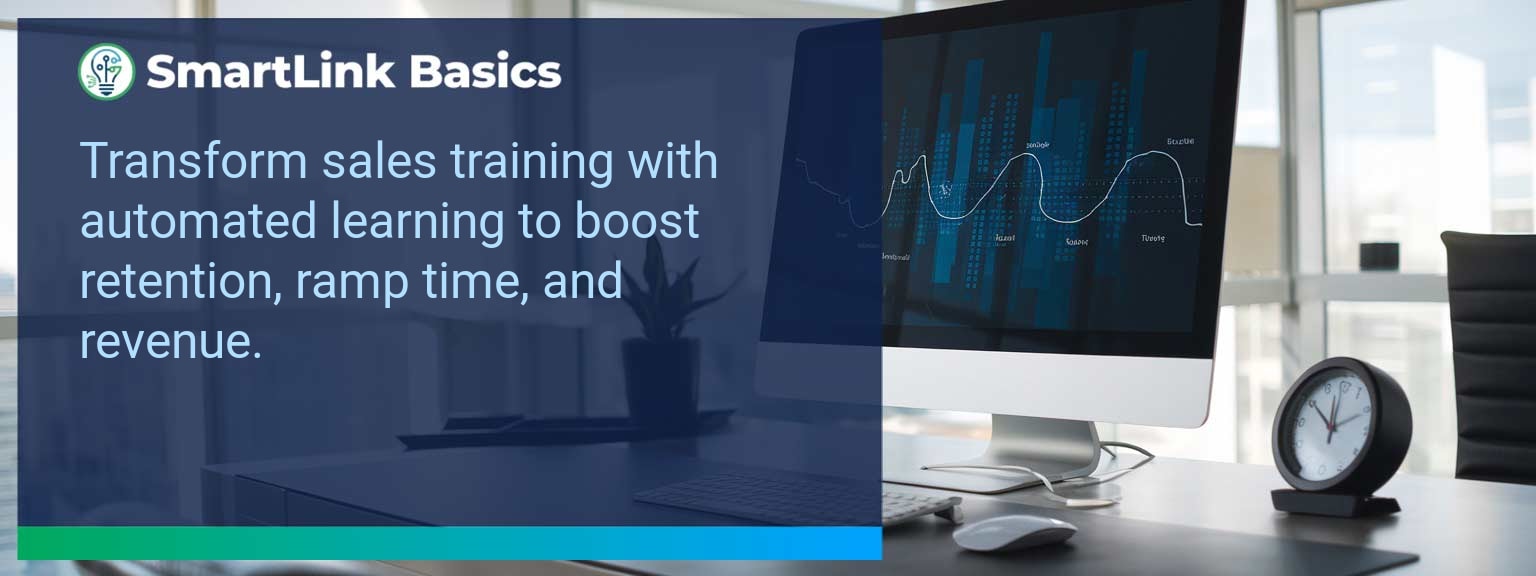High-performing sales teams are losing up to 2.1 hours per day to digital distractions, according to RescueTime research. For sales leaders, this erosion of focus directly impacts revenue velocity and decision quality. At SmartLink Basics, we’ve seen that implementing structured digital detox strategies improves both strategic clarity and execution cadence, particularly in AI-driven sales environments where attention is a scarce resource.
This article details five high-impact approaches you can put into practice this week to reduce digital interference, sharpen concentration, and sustain productivity. You’ll learn the practical steps, understand the measurable benefits, and see how to maintain long-term balance without sacrificing responsiveness in a fast-moving marketplace.
- Schedule defined offline blocks for deep work.
- Limit non-essential notifications across devices.
- Adopt mindful start and end-of-day routines.
- Use device-free zones for high-priority discussions.
- Track and review digital habits weekly.
The Impact Of Screen Overload On Daily Life
Extended screen exposure dilutes focus, increases cognitive fatigue, and prolongs decision cycles. For sales leaders, this has compounding effects: less time for strategic thinking, reduced coaching capacity, and slower revenue plan execution. A practical example is a regional sales manager spending an average of 47 minutes daily clearing low-priority email threads. This seemingly minor time loss removes three full work days each quarter from revenue-focused activities. Treat screen time reduction as an operational necessity, not a wellness perk. Implement structured assessment of your team’s digital patterns before pursuing deep workflow optimization.Practical Steps To Achieve A Digital Detox
Applying targeted digital detox strategies begins with boundary-setting. Define protected deep work slots in the calendar—these 90-minute windows are free of meetings, notifications, and internal messaging pings. Next, create device-free meeting norms for leadership syncs and client negotiations. The absence of technology during these key touchpoints sharpens listening and accelerates decision consensus. An example from a SaaS sales director: instituting an 8–9 AM “no email” policy increased qualified pipeline conversion by 14% in one quarter, due to focused prospecting and follow-up calls. Anchor the strategy by using screen time tracking and mindfulness prompts to maintain alignment between digital habits and strategic priorities.How A Digital Detox Can Improve Productivity
Intentional breaks from technology restore mental clarity and deepen analytical thinking—critical capabilities in competitive deal cycles. By reducing constant context-switching, your working memory is freed for problem-solving and strategic planning. For one enterprise account leader, adopting morning and afternoon “digital off” sprints reduced proposal revision cycles by 22%, directly accelerating time-to-close metrics. Link the detox to sales metrics. Improved focus often correlates with higher meeting-to-opportunity conversion rates and reduced error rates in proposals or forecasts.Sustaining Long Term Balance In The Digital Age
Sustainability matters more than short bursts of productivity improvement. Leaders must embed digital detox strategies into team culture with clear norms, role modeling, and periodic reviews. Assign responsibility for digital hygiene in leadership scorecards, ensuring accountability beyond the initial rollout. Use quarterly team retrospectives to refine boundaries without losing adaptability in client-facing scenarios. For ongoing refinement, draw on AI-driven sales enablement resources from SmartLink Basics to align detox practices with technology-assisted selling.| Category | Metric | Definition | Target |
|---|---|---|---|
| Leading | Offline Focus Hours | Total hours per week dedicated to uninterrupted work | 8–10 hrs |
| Lagging | Proposal Error Rate | Percentage of proposals requiring rework due to avoidable errors | < 5% |
| Quality | Meeting-to-Opportunity Conversion | Ratio of discovery meetings that progress to qualified opportunity | > 35% |
Get the 90-day plan, coaching rubric, and dashboard template to operationalize AI in your enablement program.









